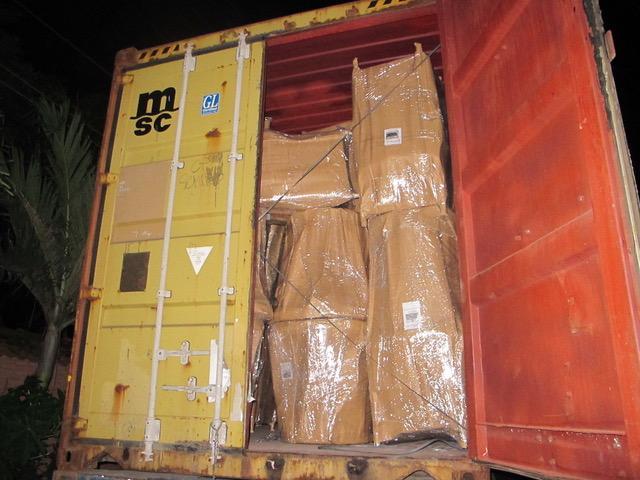In the previous blog, we did share what differences are there between direct export and traditional export. To clarify its benefits and challenges, today, VIEC would support you on that. Furthermore, a case study and some tips for companies looking to enter the global market would also be provided.
Definition of Direct export
Direct export refers to the process of a company selling its products or services directly to customers in a foreign market without involving intermediaries such as agents, distributors, or trading companies. In direct export, the company takes full responsibility for all aspects of the export process, including marketing, sales, logistics, and compliance with local regulations. Direct export is becoming increasingly popular among companies of all sizes due to advancements in technology, which have made it easier to connect with customers in different parts of the world.
Benefits
One of the main benefits of direct export is the potential for higher profits. By selling directly to customers in a foreign market, the exporting company can eliminate the need for intermediaries such as agents or distributors, which can result in lower costs and higher profit margins. Moreover, it also allows companies to set their own prices based on market demand, rather than having to rely on intermediaries who may have their own pricing strategies, which maximizes their profits and gain a competitive advantage.
Secondly, It could not be denied that the supply chain is able to be controlled greatly when using this method. Based on that, companies can ensure that their products are of the highest quality and delivered on time and on budget. Furthermore, because of monitoring inventory levels in real-time well, they also can avoid overstocking or understocking, which can lead to waste or lost sales.
Another advantage of direct export is the opportunity to gain firsthand knowledge of the target market. Enterprises could learn about their preferences, consumer habits, and cultural nuances, which can help them tailor their products and marketing strategies to better meet the needs of their target audience.
Finally, exporting directly also supports companies to mitigate risk by diversifying their customer base. Companies can reduce their reliance on any one market, which can help to protect them against economic downturns or political instability in a particular region because of reaching out to many new regions.
Challenges
While there are many benefits to direct export, there are also some challenges that companies need to be aware of. One of the biggest challenges is the need to comply with various regulations and standards in the target market. This can include customs regulations, labeling requirements, and product safety standards, among others. Companies that fail to comply with these regulations can face significant fines and legal penalties.
One of the challenges is managing currency fluctuations. If a company sells its products in a currency other than its own, it may be exposed to fluctuations in exchange rates that can impact its profitability. One way to manage this risk is to use hedging instruments such as forward contracts or options.
Thirdly, companies need to be prepared to handle the cultural differences that come with doing business in another country. This can include differences in language, business practices, and communication styles, among others. Companies that fail to adapt to these cultural differences may struggle to establish meaningful customer relationships in the target market.
Last but not least, hidden costs may be scattered among the freight, insurance, customs fees, or import duties. This happens because direct exporting is a complex process and requires a lot of knowledge and experience in terms of processes, legislation, markets, etc. A knowledgeable unit can help you not only successfully clear customs but also find customers, execute transactions and solve legal and human issues.
Case study

We’ll examine the key factors that contributed to direct exporters’ success, as well as the lessons they learned along the way. By understanding this real-world example of our customer, you’ll gain valuable insights that can help inform your own international expansion strategy. Specifically, the case study of directly exporting Landerbräu Beer from Dutch To Vietnam.
Despite Royal Swinkels Family being a big corporation, the company still has to face challenges in the industry, when bringing Landerbräu to Vietnam like: Competitors, low brand awareness, limited exporting finance,…
For solving those difficulties, firstly, VIEC needs to work with Royal Swinkels to understand more about the products. Subsequently, we conducted a thorough market test to address the inquiry: “Would Landerbräu Premium Beer be embraced by Vietnamese consumers?”.
Consequently, within a span of 3 months, the collaboration between VIEC and Royal Swinkels has led to triumph for Landerbräu Beer products. VIEC has accomplished the feat of linking Royal Swinkels with one of the largest importers in Vietnam, enabling the importation of Landerbräu Beer.
To learn more about case studies click here. Or join a free consultation on direct export services with VIEC – Import Export Consulting Services (Vietnam – Netherlands).








